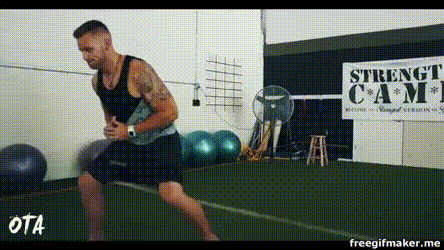Patch Up Your Energy Leaks (How to Fix Muscle Imbalances)
If you want to throw down a vicious windmill dunk, explode off the line for a 40 yard touchdown, or even squat 495, you need efficiency in your movement patterns. When there’s inefficiency, that’s when injuries, and performance plateaus occur. And to correct these inefficiencies, you need to know how to fix muscle imbalances.

Muscle imbalances occur when an excessively tight, or tonic, muscle impedes the function of a joint.
For example, if you have excessively tight pecs, that will impede your overhead throwing ability by limiting your range of motion.
In many cases, when you correct a muscle imbalance, a performance increase occurs as a result. This is because muscle imbalances create energy leaks in the kinetic chain, which is responsible for efficiently moving and controlling the body.

When there are leaks in the kinetic chain, energy is lost, which results in definite decreases in performance.
So, below, I’m going to share how to test for muscle imbalances, the types of muscle imbalances, and how to fix muscle imbalances, so you can stay pain free, high-performing, and most importantly… Powerful.
Let’s jump in:
The Founder of Muscle Imbalances
Okay, okay, so nobody really founded muscle imbalances. But there is someone credited as the first person with a method on how to test for, and how to fix muscle imbalances. His name is Vladimir Janda.

Vladimir Janda was one of the first to realize that dysfunctional movement in one area of the body leads to pain and dysfunction in another area. Dysfunctional movement is characterized by limited range of motion, impeded performance, and pain when moving.
One example of this is with the hips. If you have tight hips, you’ll experience pain and improper function in the low back, knees, and even the ankles.
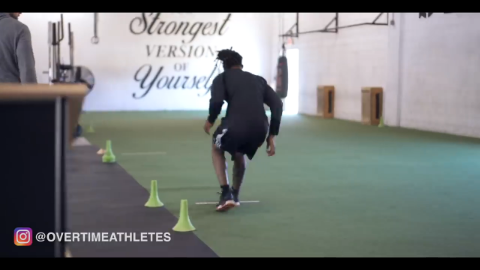
Janda realized that tight, tonic muscles, along with weak, phasic muscles, created these movement dysfunctions. (Again, these disparities between the tight muscles and the weak muscles create muscle imbalances.)
With that knowledge, Janda created an approach to correcting muscle imbalances, an approach that is mostly common knowledge among strength and conditioning coaches today.
The Most Common Imbalances
Janda was one of the first to diagnose Upper and Lower Crossed syndromes. These are characterized by specific tonic muscles and phasic muscles that create dysfunctional posture and inhibit performance, and they create the most common muscle imbalances in both athletes and the general population.
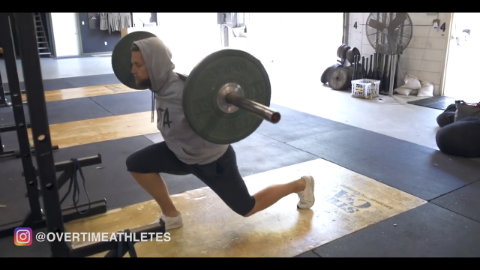
While these collections of muscle imbalances can, and do, create problems in the general population… The problems from muscle imbalances be worse for athletes.
Because athletes are constantly changing directions, absorbing and producing force, and exposing their body to large external forces… Athletes are more prone to injury when they have muscle imbalances.
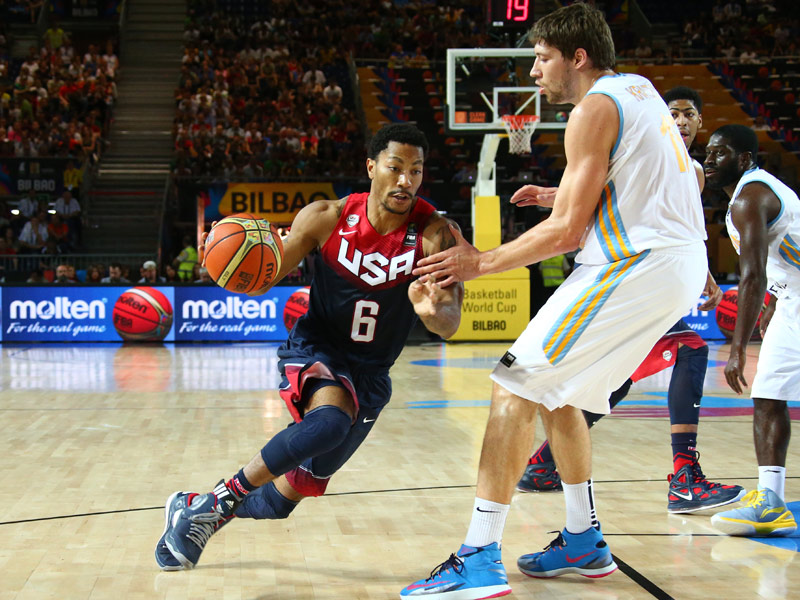
And nine times out of 10, athletes have the imbalances associated with Upper and Lower Crossed syndromes.
Upper Crossed Syndrome
To find out how to fix muscle imbalances, first, we need a list of common problem areas to test for muscle imbalances.
Many athletes who have walked through my gym doors experience symptoms of either Upper Crossed Syndrome, Lower Crossed Syndrome, or both. Since that’s the case, I’ll start by sharing what areas of the body Upper Crossed Syndrome affects.

Upper Crossed Syndrome is characterized by tonic muscles of the neck, shoulders, and chest.
These muscles include the upper trapezius, levator scapula, anterior deltoids, and pec minor.
This tightness can lead to weakness in key performance muscle groups such as the mid back, upper back, core, and the shoulders.

Pattern overload from sports, bad postural habits, texting, hunching over a computer, and more factors cause the tightness in these muscles.
Lower Crossed Syndrome
Lower Crossed syndrome is characterized by tightness in hip flexors. This tightness leads to weakness in the glutes (an athletic power center), and the core (responsible for the integration of the upper and lower extremities).

Pattern overload from sports, sitting too much, and bad postural habits in general create the symptoms of Lower Crossed Syndrome.
How to Test for Muscle Imbalances
The first step in learning how to fix muscle imbalances is knowing where your muscle imbalances are. And now that you know the commonly tight areas of the body, you can test yourself for muscle imbalances.
Doing this is very simple. You don’t need any special tools, or any kind of gear. All you need is an arsenal of stretches to test each commonly tight muscle.
For the hip flexors, try out a couch stretch.

For the neck muscles, you’ll need to stretch the levator scapulae and the upper traps

And, as for the pecs, you just need to perform a simple doorway stretch.
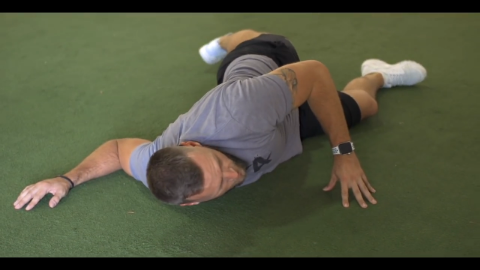
When performing these stretches, you’ll figure out if you’re tight in these areas or not. If you’re not, great.
If you are, follow the protocol below.
Stretching
Now that you know where your muscle imbalances are, you know what muscles you need to stretch day-in and day-out.
Yes, stretching will be an every day practice if you want to bring balance back to your body (an important part of becoming a high performing athlete)… And before you ask, no, stretching won’t decrease your performance.

Despite what many athletes believe, stretching, when done the right way, leads to increases in performance. This is because, as I said above, imbalances create energy leaks in the kinetic chain. When you patch these energy leaks up (by restoring range of motion), there will be a subsequent increase in performance, as energy can freely flow through the kinetic chain.

So, when you find your imbalances, you’ll perform stretches everyday to restore healthy range of motion to those areas.
When you succeed in restoring healthy range of motion, you’ll find that you’ll be more powerful, strong, and explosive. Not only that, but you’ll also move with more efficiency.
Mobilization
The next step in fixing your imbalances is mobility work.

Mobility movements are exercises that move a joint through its range of motion in an effort to loosen it up, and restore a healthy range of motion to the joint.
The two areas that most commonly need mobilization, especially in athletes, are the hips and the shoulders. Below, I’m going to lay out a couple mobilization exercises that you can use to restore ROM and fight muscle imbalances.
Shoulder Mobilization
The whole purpose of learning how to fix muscle imbalances is to restore range of motion. As the shoulders are usually lacking range of motion… Which can lead to poor throwing velocity, weak punches, and more… We need to work to maintain, or create, healthy range of motion.
The first mobilization exercise you’ll perform to do this is the lying pull-through.
This move loosens up the shoulder joints, and provides a SERIOUS challenge to most overhead athletes. To make it easier, move the hands out, to make it harder, hands closer together.
The next mobilization move is the Y-Cuff.
Be sure to flip the hands over top of the butt, and pause for one to get the full benefits of this exercise.
Hip Mobilization
Lack of ROM in the hips can create decreased vertical jump height, and decreased stride length (leading to slower running speed). To restore the range of motion in the hips, one of my favorite movements is the fire hydrant with hip circles.
Make sure when you perform this movement that you try to get your knee as high as possible to create as much ROM in the movement as you can.
Activation
The last step in fixing your muscle imbalances is activation. Remember WAAAAAY up there when I said that muscle imbalances are caused by tight muscles inhibiting the function of loose/weak muscles?
Well, activation is the process of waking up those weak muscles, and turning them on so their function can be restored.
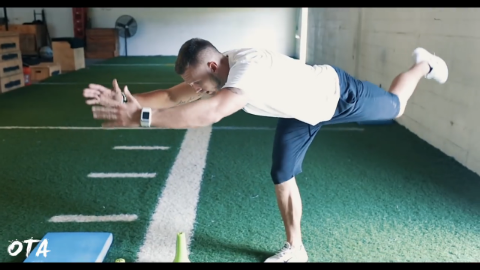
And restoring their function not only will result in strength, explosiveness, and speed increases… But, it will also lower your energy expenditure. It’s true. When multiple muscles are working synergistically to perform a task, there is less energy expenditure than one, overactive, muscle performing a task.
So, what muscles are commonly under active?
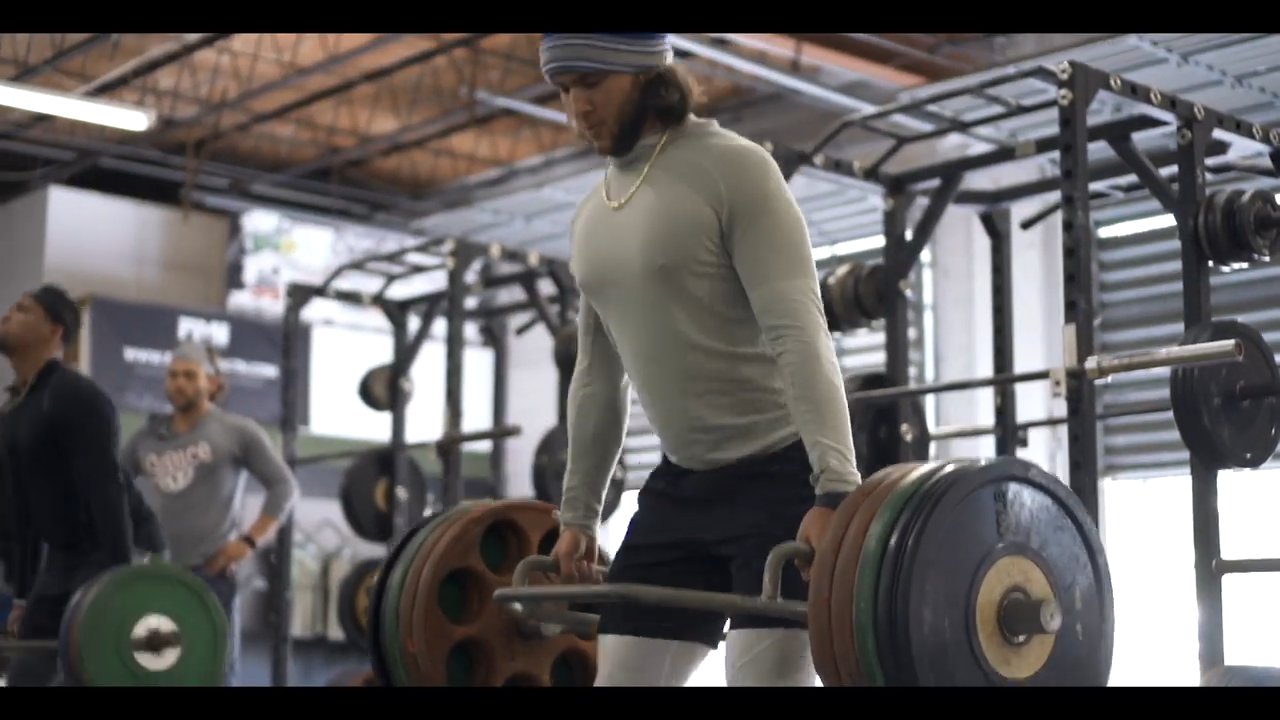
The most commonly “dormant” muscles are those that make up the glutes, upper back, and mid back. Below, I’m going to share a few movements you can perform to turn these muscles back on, and become more efficient in your movement.
Upper Body Activation
As I said above, the most commonly dormant upper body muscles are those of the mid and upper back.
These muscles are responsible for creating good posture, keeping the shoulders down and back, and keeping the upper torso upright.
They’re also essential in holding the shoulder joint in place, preventing injury and pain.
The first activation movement that I use almost exclusively is a dowel rod blackburn.
This move forces the athlete to get their shoulders down and back, and also helps to mobilize the thoracic spine. If you want to change it up a bit, you can perform them with plates.
The second activation movement I love is the ITY.
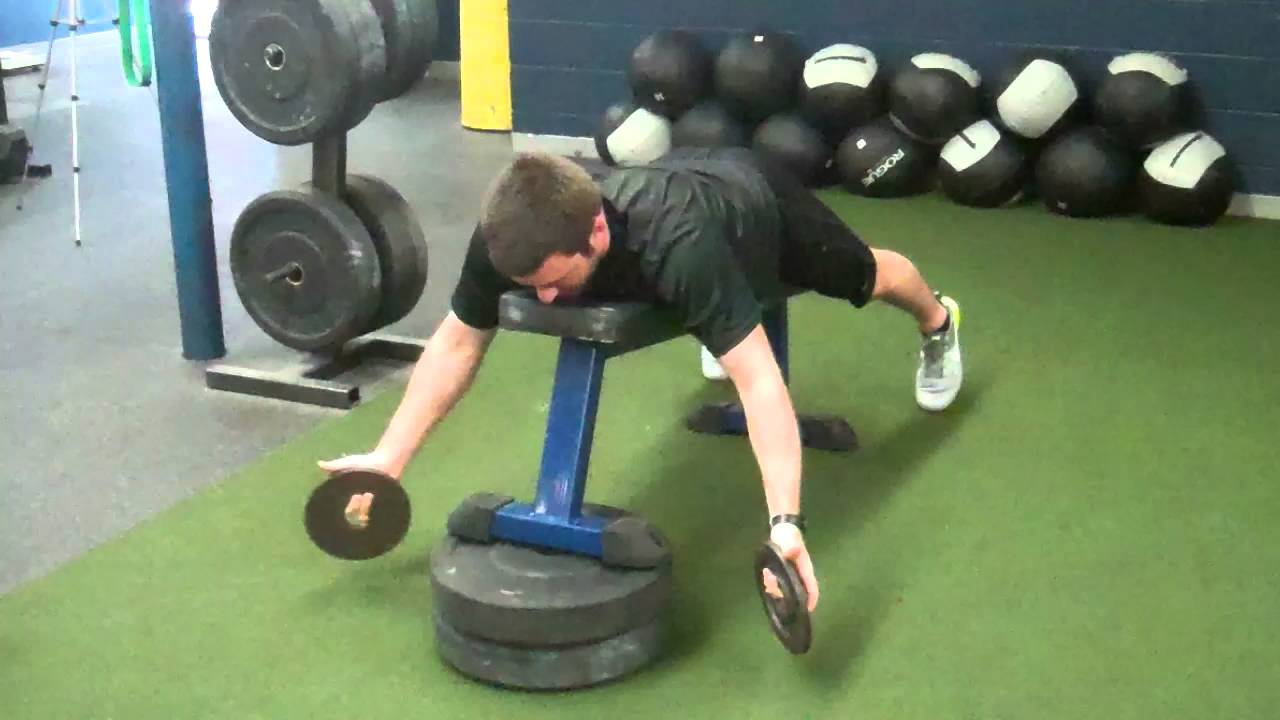
This move stresses multiple muscles of the posterior deltoid and upper back, and will challenge almost any athlete, activating the upper back in the process.
Lower Body Activation
The glutes are notoriously under-active in most athletes, but they serve as a power center for an athletes explosive abilities…. Running fast, and jumping high.
In order to fix your muscle imbalances, you’ll need to reactivate the muscles of the glutes.
One of my favorite movements to turn on and strengthen the glutes is the monster walk.
The monster walk challenges the athlete by keeping constant tension on the glutes, and forcing them into structurally sound positions they’re not used to being in.
Another one of my favorites is the single leg glute bridge.

When it’s performed with the opposite leg tucked up towards the chest, the single leg glute bridge focuses exclusively on activating the glutes, while minimizing the extension of the low back.
The Destruction of Imbalances
Movement efficiency is critical for an athlete to perform at a high level. Not only does elite movement efficiency prevent injury, but it will allow you to use your body’s power, strength, and speed to its fullest capabilities, which will truly set you apart as an athlete.
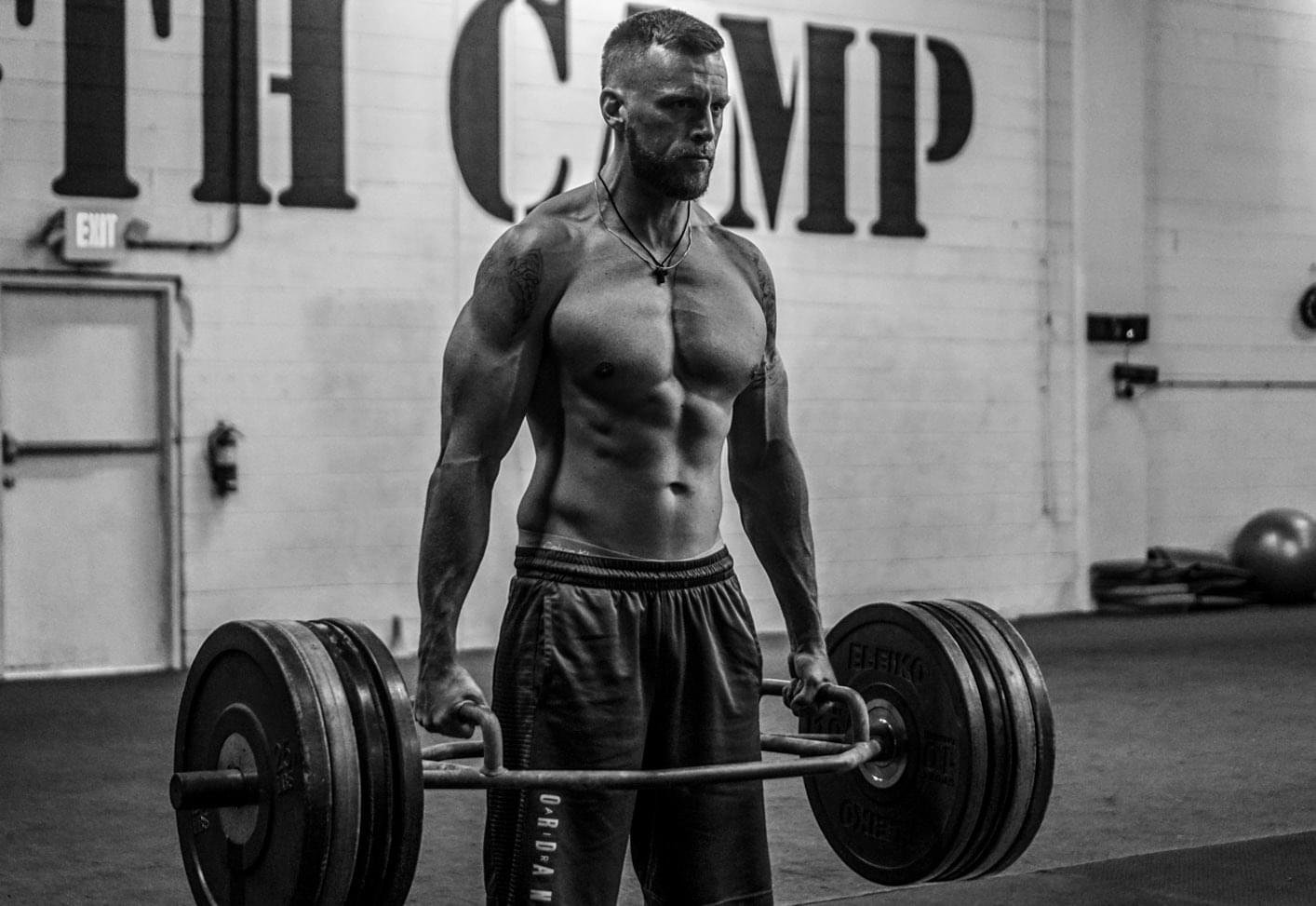
Here, I’ve left no stone unturned in teaching you how to fix muscle imbalances, and I’ve laid out a complete, three step process to attacking them. That way, you can patch up energy leaks, and experience a rock-solid structure.
What to Do Next?
Once you’ve learned how to fix muscle imbalances, and you’ve done the work to correct them, you can turn your efforts towards building a solid base of strength.
Most athletes do this wrong.

I did too.
Most athletes stick to normal powerlifting workouts to build strength.
This is the wrong move…
Because, when are you going to bench press on the field? Or perform a full-depth squat? Or even deadlift?
That’s right… Never.
You need to build strength in a way that translates to the field.
This means changing your approach to strength training….
It might sound confusing, but it’s something I can teach you inside of my Free Advanced Strength Series .
There are already hundreds of athletes learning how to build strength that turns into power, which results in explosive speed,

Ridiculous blocked shots,
And ESPN Top 10 catches…
It might sound seriously sensational, but it’s true.
Get yours here for free:
Click Here To Start Building Athletic Strength (FOR FREE)







